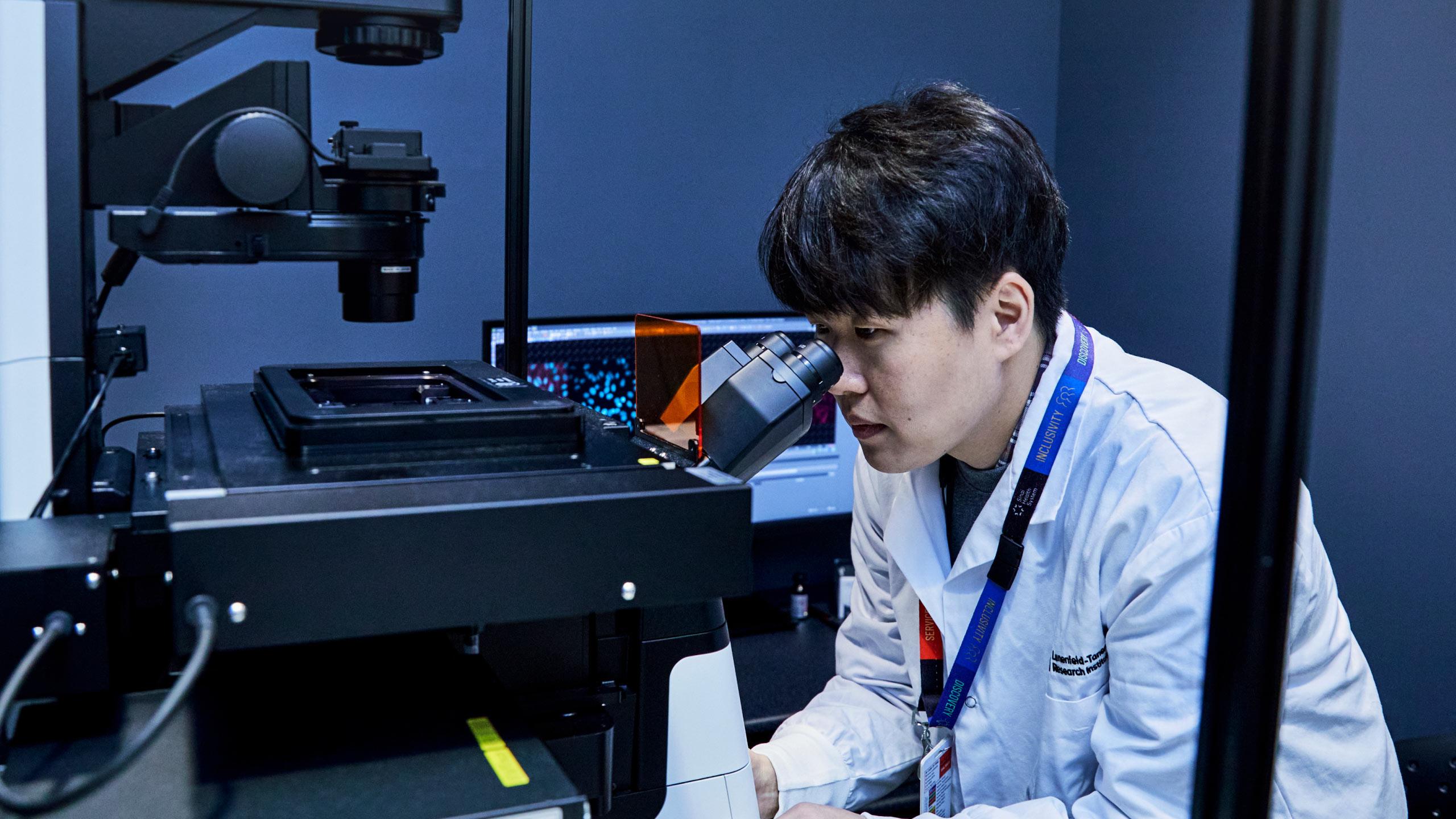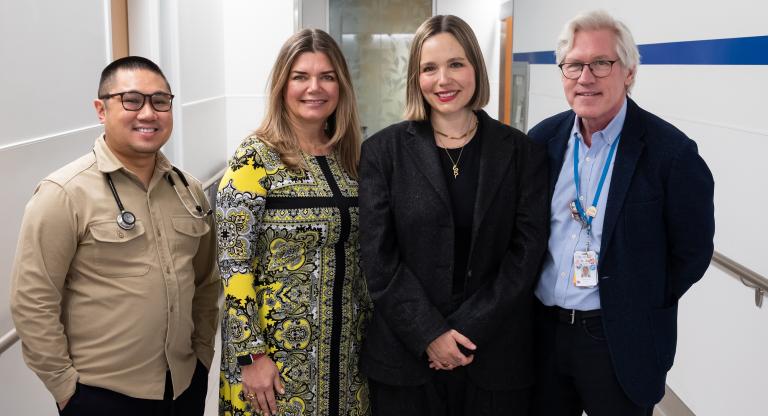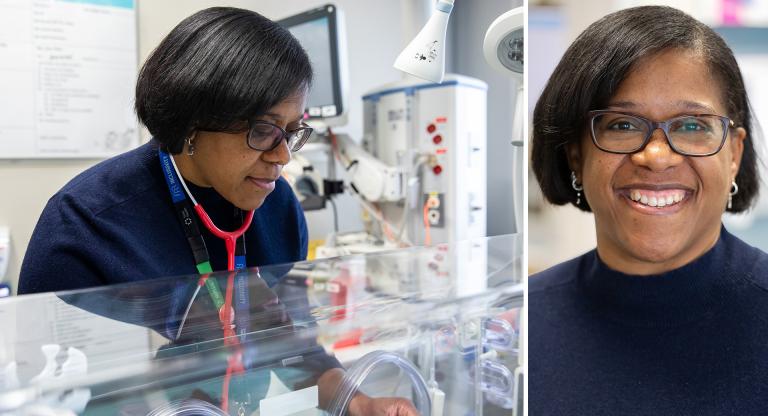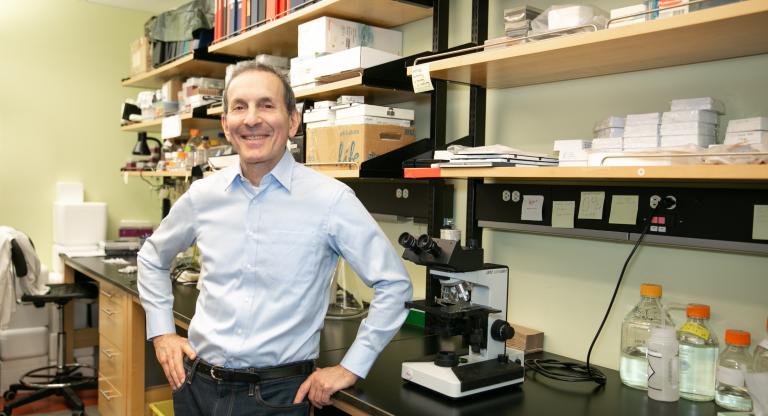Research points to improved detection of thyroid cancer
A new study involving researchers from Sinai Health and the University of Toronto has uncovered new insights into how thyroid cancer may be more effectively treated, avoiding unnecessary surgeries.
For the study, researchers looked at thyroid tumor tissues and thyroid nodule biopsies from 620 patients at Mount Sinai Hospital, from 2016 to 2022.
The research – recently published in JAMA Network – involved doctors Guodong (David) Fu and Ronald Chazen of the Lunenfeld-Tanenbaum Research Institute and the Alex and Simona Shnaider Research Laboratory in Molecular Oncology at Mount Sinai Hospital, as well as Christina MacMillan, a pathologist at Sinai Health and an assistant professor in the Temerty Faculty of Medicine’s Department of Pathology and Laboratory Medicine, and Ian Witterick, Surgeon-in-Chief at Sinai health and a professor in Temerty Medicine’s Department of Otolaryngology-Head and Neck Surgery.
Dr. Fu says research that assists with precision thyroid cancer detection is important for many reasons, including that some patients who seek treatment for thyroid tumours end up finding out their tumours are benign after diagnostic surgery. The findings could help medical practitioners differentiate low-risk tumours from high-risk ones, he says, and help avoid unneeded surgical procedures.
Researchers examined whether differences in the patient’s RAS genomic variants were reflected in the status of their tumours. They also investigated the presence of the variant BRAF V600E, and TERT promoter variants, in the patient’s samples.
Ultimately, researchers concluded that “discrimination of interpatient differences in RAS in combination with BRAF V600E and TERT promoter variants” could lead to more accurate cancer diagnosis, by doing molecular assays of cellular biopsies from patients with thyroid nodules.
“The findings help promote understanding of the interpatient differences in genomic variation among patients who carry the same genetic mutation, thereby facilitating individualized treatment based on the extent of the mutation present in the patient,” says Dr. Fu.
For the study, Dr. Fu says researchers developed novel molecular assays using digital polymerase chain reaction, a technique that means they could sensitively quantify the genetic mutation level of the patient materials.
The paper notes that there has been a sharp increase in papillary thyroid cancer since the 1980s, and notes that in 30 per cent of cases where a fine-needle aspiration biopsy of a suspected nodule takes place, there is an indeterminate diagnosis, which may lead to a diagnostic surgery.
“(This finding) enhances the preoperative diagnostic accuracy for patients, in order to avoid unnecessary surgery for benign thyroid nodules,” says Dr. Fu.
Dr. Witterick agrees and says the research is important because identifying differences in genomic variants between patients can enhance precision in cancer detection, especially diagnosing malignancies before surgery and distinguishing low-risk cancers from more aggressive ones.
This article appears courtesy of the University of Toronto’s Temerty Faculty of Medicine. It has been edited for clarity and length. You can view the original version here.












